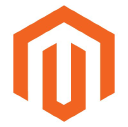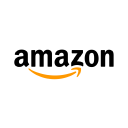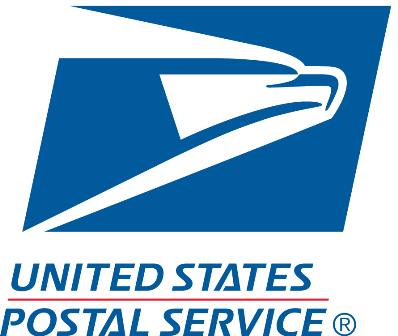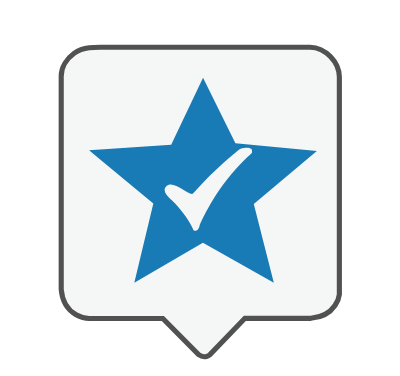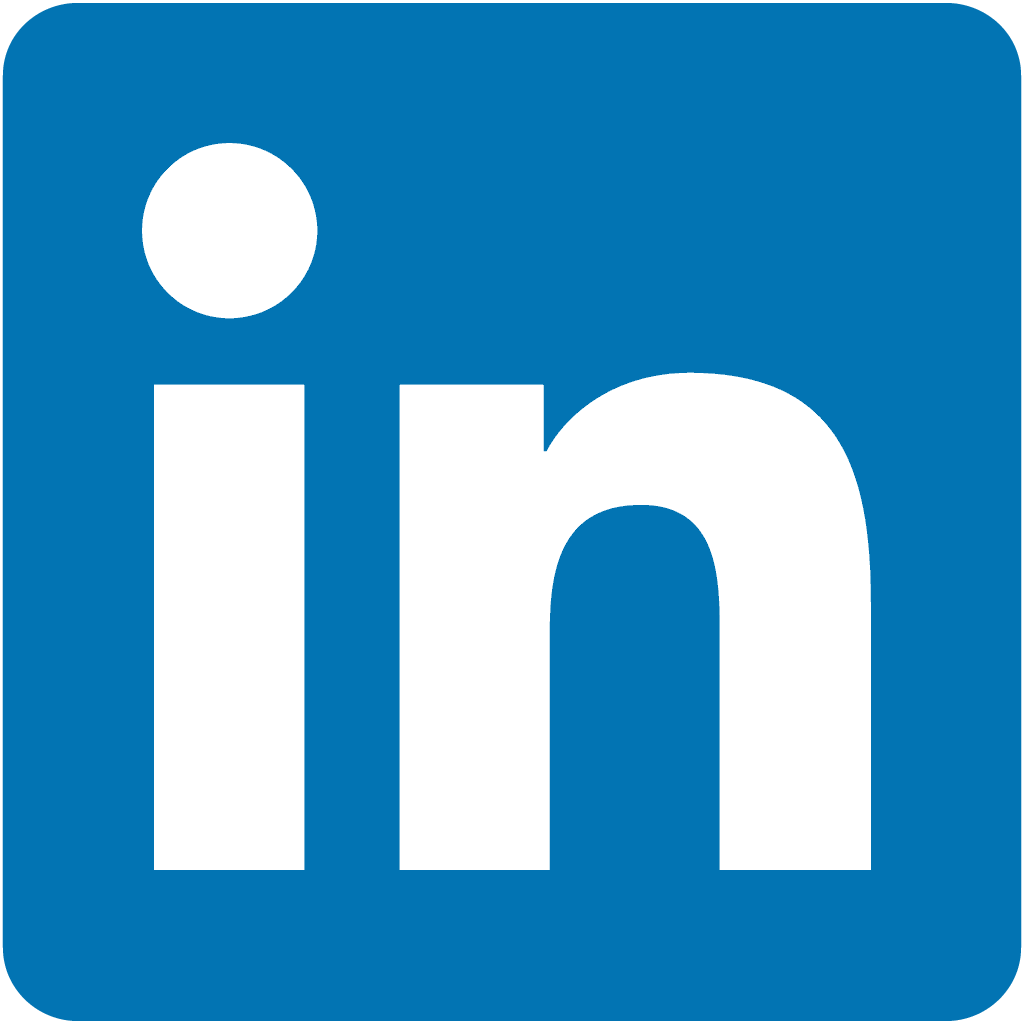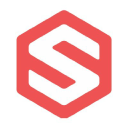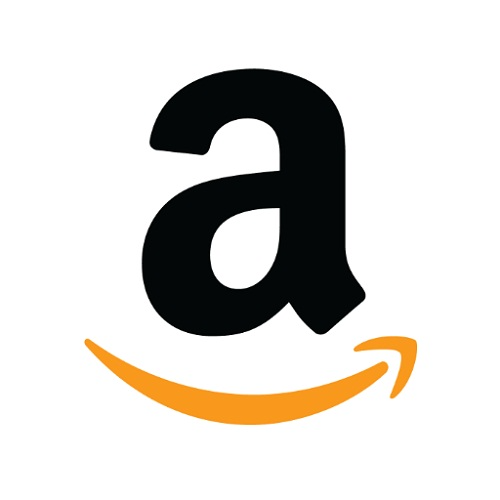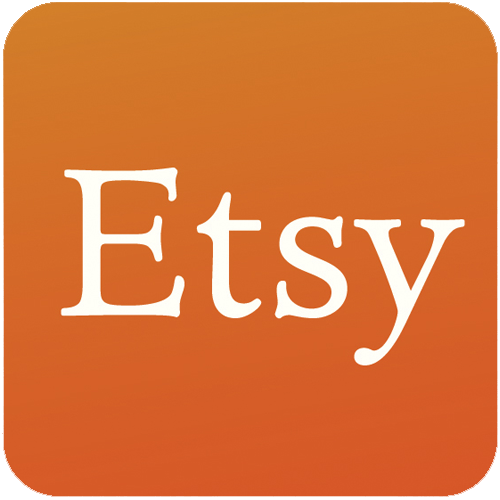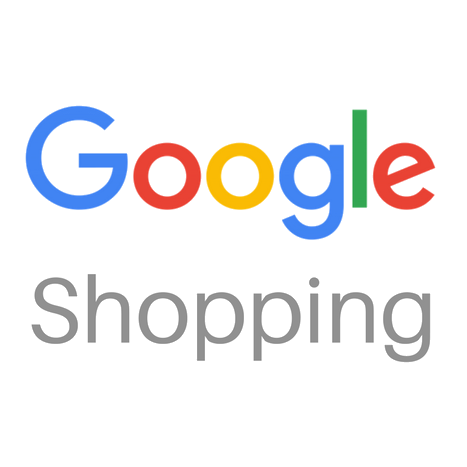
How We Started A $30M/Year Warehouse Management Software And Outsourced Ecommerce Fulfillment Business
Hello! Who are you and what business did you start?
My name is Nicholas Daniel-Richards, and I co-founded ShipHero in 2013, along with my partner Aaron Rubin.
We help e-commerce companies fulfill their orders through our two main services. First, we provide a SaaS (software-as-a-service) solution that helps companies manage their warehouses, inventory, orders, and shipping.
We also provide outsourced eCommerce fulfillment for stores that want us to handle their warehousing and shipment of orders through our in-house network of owned warehouses. In the seven years since our founding, we bootstrapped the business and grew revenues from zero to $30 million annually, with only $435,000 in outside capital investment (no VC money raised to date). We process over $5 billion of e-commerce gross merchandise volume (GMV) annually, which is more than Shopify at the time of its IPO.

What's your backstory and how did you come up with the idea?
Aaron and I got together because we were both frustrated with legacy warehousing software. He ran several e-commerce businesses in the martial arts niche, starting with KarateDepot in 1998 and branching out into Brazilian Jiu-Jitsu with BJJHQ.com, Xengu.com, and several others.
There are a lot of resources out there, they are not hard to find. Be willing to ask questions.
I worked for several large organizations, and as the Chief Digital Officer of the NBA Players Association -- which was a pretty awesome gig because I got to meet some of the players like LeBron James (who was actually my boss), Steph Curry, Kyrie Irving, and Chris Paul. Before that, I was Chief Technology Officer (CTO) of Code in Theory in NYC.
In the aftermath of the 2008 financial crisis, Aaron was dealing with the many headaches of running an e-commerce businesses, like changing staffing demands in the warehouse; some days he had too many workers, other days not enough.
He used paper pick lists, so the warehouse operations were disorganized, and it was easy for the orders to get mixed up or have the incorrect items shipped. The software solutions for warehouse management on the market were extremely expensive. They cost tens of thousands of dollars and required you to use $4,000 Windows CE devices with tons of buttons.
We thought there was a market for a more accessible product that could work on an iPhone or tablet. With Aaron’s experience in e-commerce and my career managing large software projects, it was a perfect fit to get together to start ShipHero. We actually met when Aaron hired away one of my employees, which I was initially annoyed about, but later on Aaron and I became acquainted and really hit it off. We jammed well, so we looked to start something together.
Take us through the process of designing, prototyping, and manufacturing your first product.
For the first version of ShipHero, we built a proof of concept directly on iOS, the Apple mobile operating system, using a Javascript framework. I was building the app experience, and Aaron was building the backend server infrastructure. The first thing we wanted to solve was seeing the orders on my handheld device and then picking them in the warehouse. For those who aren’t familiar with warehouse operations, the picker is the person in the warehouse who goes around the shelves and picks the items that the customers ordered, so that the packers can put them into boxes and ship them out.
From there, everything basically snowballed. After you can get orders on your phone or tablet, you need integration with an e-commerce channel - like Shopify. Now you need to print shipping labels, so you need to integrate with carriers like UPS and FedEx. All that meant more code to write, so the scope kept increasing. It took a couple of years to get to the point where we rolled it out in the first real warehouse, which was Aaron’s, and then the first customer was Wine Chateau. By that point, we had hired Russel, our first full-time developer. Aaron was working on it around his other business. I was working on the business mornings, evenings, and weekends. It was a grind and it took some time before we got momentum.
Describe the process of launching the business.
Initially, we did a “soft launch” of ShipHero. We started using the software in Aaron’s warehouse, which was a way to do initial beta testing and start working out all the kinks. Our first paying customer was a friend of Aaron’s who runs WineChateau.com. They began using the software in their warehouse to fulfill their wine and spirits orders.
Aaron put up all of the initial capital for the business. It took a lot more money than we expected because we kept hiring more developers as the demands for new features and integrations increased.

Since launch, what has worked to attract and retain customers?
When we first launched, we had a much smaller set of features. So at that point, we had early adopters who wanted software that could print shipping labels and wanted something that could support warehouse workflows, but they didn’t want to spend tens of thousands of dollars on expensive solutions.
Then our first customer, WineChateau.com, started using it in their warehouse. E-commerce is a tight-knit community, so we reached out to people we knew to see if they would be interested in running ShipHero in their warehouses. Getting these first few paying customers was the hardest part. There was a lot of back and forth from customers who wanted more features, as well as more integrations to sales channels and shipping carriers. A lot of bugs needed to be fixed as well.
We began to pick up momentum when our app was listed in the Shopify app store with excellent reviews. Our goal was to perfect the software and add features, just making sure it was a robust solution before we expanded more aggressively. So, we did not do any advertising for the first several years. It was only later on that we even started running ads on Adwords, Twitter, and LinkedIn.
Then in 2020, we hired our first outside salesperson, because up until that point it was just Aaron and I doing sales calls. Now, we are rapidly scaling up. We have several salespeople on the fulfillment sales team and we are adding more on the SaaS side. There is a steady flow of leads from our online advertising strategy, and we are starting to implement our outbound marketing strategy as well.
Our product was an app that runs on iPhone. It was designed to be instinctively easy. The app guides the people in the warehouse so they know exactly what to do. After the early adopters came on, we have always focused on customer support. That is a huge part of our success. First we had live chat, and then as we scaled, we built out live support. We learned to have a lot of humans on our support team and to continually improve and add new features on the development side.
Good customer service has given us good word of mouth and a good reputation. There are other companies out there that say they do the same thing, but they charge to set up your store and their customer service takes days to respond. That is a big difference that makes us stand out from the competition.
How are you doing today and what does the future look like?
We are continuing to expand our role in logistics. Last year we launched our fulfillment as a service (FaaS) offering. In addition to the software that we sell to run warehouses, with our FaaS offering you can just send products to us and we distribute them through our network. Right now, we have U.S. fulfillment and we are going to expand that throughout Europe next year.
We are continuing to expand capabilities, like EDI (electronic data interchange), which will be a big project in 2021. We are launching our app store where many partners can add value by creating apps for our platforms.
Logistics is all about speed, so you need to have systems talking to each other. The app store will be a very significant addition for us. Meanwhile, we will continue to refine fulfillment as a service. In addition, we are thinking outside the warehouse. We want to evolve to a point where you send a product to our infrastructure, and through very smart machine learning and artificial intelligence, we can optimize where products should be located throughout our network, in order to reduce the distance and time so that you can get two-day ground shipping for your orders without having to pay for expensive zones.
Through starting the business, have you learned anything particularly helpful or advantageous?
Focus on your product and focus on your customers. We haven’t raised venture capital money or built out a massive marketing and sales organization. We’ve always focused on the product and our customers because that’s what we have been more comfortable with. It turns out that it seems to be a good way to expand.
What platform/tools do you use for your business?
We are a fully remote company, so having great tools is a must for collaboration. Some of our favorites include:
Slack: Great for chatting with team members and sending ridiculous gifs.
Trello: This tool really helps for organizing our task lists. The ability to shuffle cards around is very helpful in prioritizing what to do next.
Youtube: Our core product is software, so it is helpful for our customers to see it in action. I specialize in producing awkward videos starring myself in the warehouse. Viewers can see how each feature of our software functions and how it enables warehouse workers to do their jobs.
What have been the most influential books, podcasts, or other resources?
A lot of the content I consume is on LinkedIn. It is not just one person, but Rick Watson on LinkedIn has some good insights. I follow a few e-commerce groups. E-commerce subreddits have good conversations. In the direct-to-consumer (DTC) crowd their people share growth hacks. I find it useful just to see what is going on in the industry. I also follow DGMG, which is a publication by Dave Gearhart at Privy.
Finally, I just purchased a small e-commerce business to get a feel for what our customers experience. The community around me running this e-commerce business is what I am learning the most from other people who own their own businesses. We are very fortunate to have this community that helps each other and shares ideas.
Advice for other entrepreneurs who want to get started or are just starting?
If you are looking to find a new business idea, Product Hunt is a good place for opportunities and advice. I also think LinkedIn is a great resource, both for reading about the industry you are interested in and finding contacts. Twitter is very useful for engaging in conversations and sharing insights.
Just Google around for e-commerce or business resources. There are a lot of resources out there, they are not hard to find. Be willing to ask questions. That’s where Reddit comes in. Just post there.
The Shopify community is big. If your business is e-commerce, Shopify has a great collection of resources and people that can probably help you with your questions.
Are you looking to hire for certain positions right now?
Yes, we are growing rapidly so we are hiring people in many different areas.
Check our LinkedIn page and go to our website for a list of specific opportunities. Some examples of positions that we are looking to fill are warehouse workers, software developers, marketing experts, engineers, and sales representatives.
Where can we go to learn more?
If you have any questions or comments, drop a comment below!

Download the report and join our email newsletter packed with business ideas and money-making opportunities, backed by real-life case studies.

Download the report and join our email newsletter packed with business ideas and money-making opportunities, backed by real-life case studies.

Download the report and join our email newsletter packed with business ideas and money-making opportunities, backed by real-life case studies.

Download the report and join our email newsletter packed with business ideas and money-making opportunities, backed by real-life case studies.

Download the report and join our email newsletter packed with business ideas and money-making opportunities, backed by real-life case studies.

Download the report and join our email newsletter packed with business ideas and money-making opportunities, backed by real-life case studies.

Download the report and join our email newsletter packed with business ideas and money-making opportunities, backed by real-life case studies.

Download the report and join our email newsletter packed with business ideas and money-making opportunities, backed by real-life case studies.


